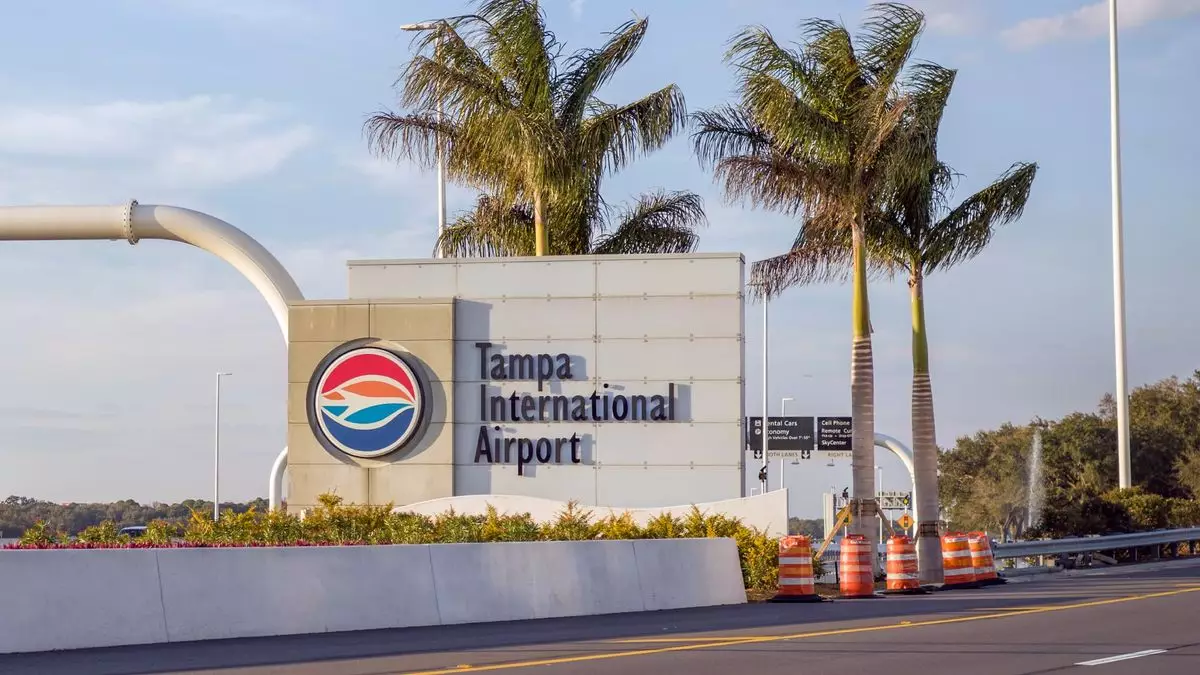Hurricane Milton left a significant mark on Florida’s infrastructure when it made landfall as a powerful Category 3 storm on the evening of October 10, 2024, near Siesta Key, just south of Sarasota. The storm’s ferocity caused widespread damage throughout the region, particularly impacting local airports. In response, key transportation hubs including Tampa and Orlando airports are working diligently to reestablish air travel as safely and swiftly as possible. This situation underscores the critical role that effective emergency management plays in mitigating the impact of natural disasters on essential services.
As of Thursday, October 10, both Orlando International and Tampa International Airports announced their plans for reopening, with Orlando aiming for a partial return to operations on Thursday evening, and a full reopening scheduled for Friday, October 11. Tampa International Airport, still in the midst of clean-up efforts, is expected to provide clearer details about its reopening plans soon. Such announcements are crucial not only for travelers but also for businesses that rely on air travel for their operations. The airports’ active engagement in cleanup and damage assessment reflects their commitment to ensuring passenger safety and restoring normal operations.
The impact of Hurricane Milton has not been uniform across all airports in the affected areas. Palm Beach Airport managed to reopen on Thursday afternoon, while Fort Myers Airport announced that it would remain closed for the entirety of the day with a possible reopening on Friday. Meanwhile, Sarasota Airport, situated close to the storm’s landfall point, extended its closure through Friday to allow for thorough evaluations and cleanup. In contrast, Melbourne Airport, also grappling with roof damage, expects to resume operations on Friday morning. This variance highlights the differing levels of damage sustained by each facility, further complicating recovery efforts.
The repercussions of Hurricane Milton have been felt across the entire U.S. air travel network, leading to the cancellation of over 2,200 flights on Thursday, as reported by FlightAware. Such mass cancellations create a ripple effect, impacting not just travelers, but also airline operations, local economies, and logistics. Travelers face uncertainty as they scramble to rearrange their plans, often leading to longer wait times and overcrowded alternatives. The difficulties are exacerbated by the fact that many airlines have orbiting challenges, including staffing shortages that have continued from previous turbulent seasons.
A Future with Improved Resilience
In the aftermath of Hurricane Milton, the reopening of Florida’s airports signifies a key move toward recovering normalcy. Observations suggest that the lessons learned from this event will likely spur discussions around enhancing infrastructure resilience in the face of increasingly severe weather patterns. As recovery progresses, it could lead to stronger collaborations between emergency services and aviation authorities, aimed at crafting more robust disaster preparedness strategies. Ultimately, a resilient air transport system not only revitalizes the local economy but also supports the daily lives of countless travelers in the Sunshine State.


Leave a Reply